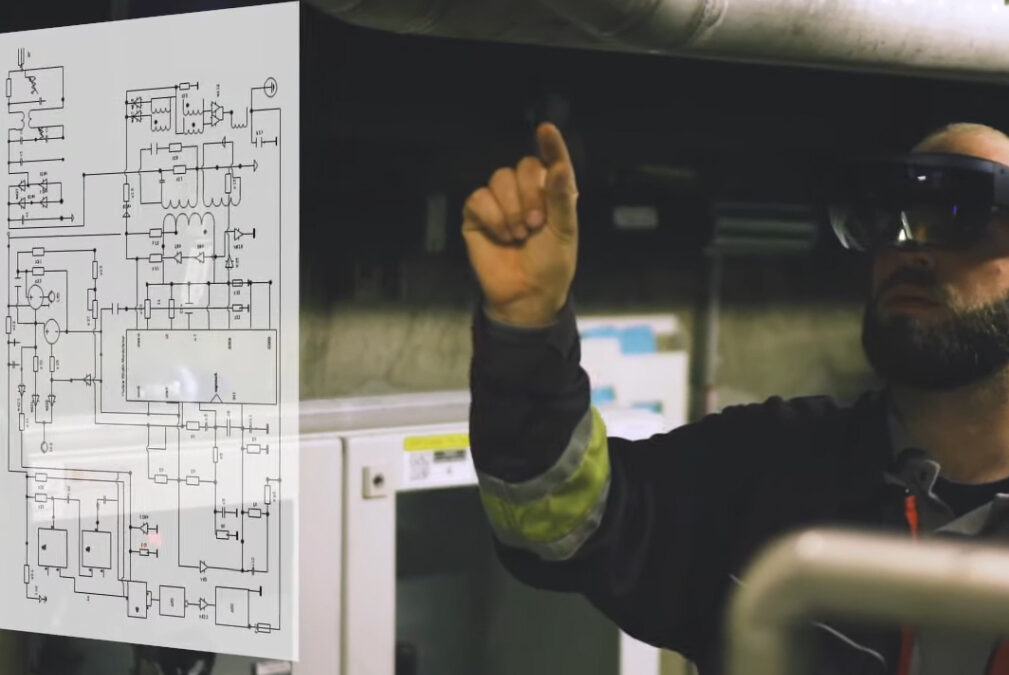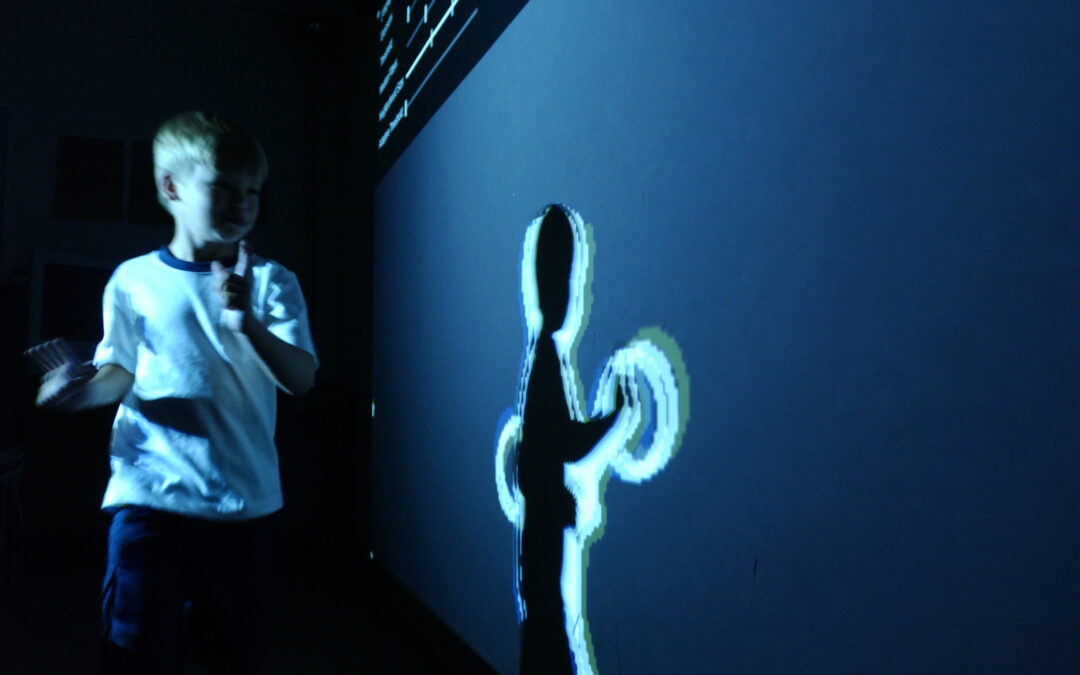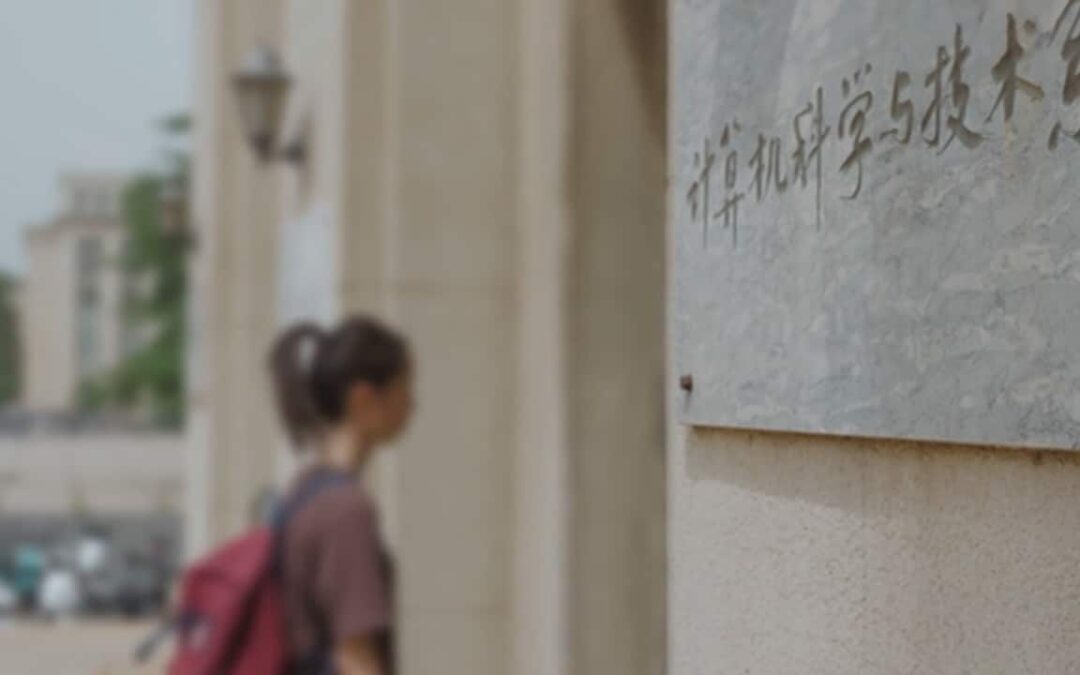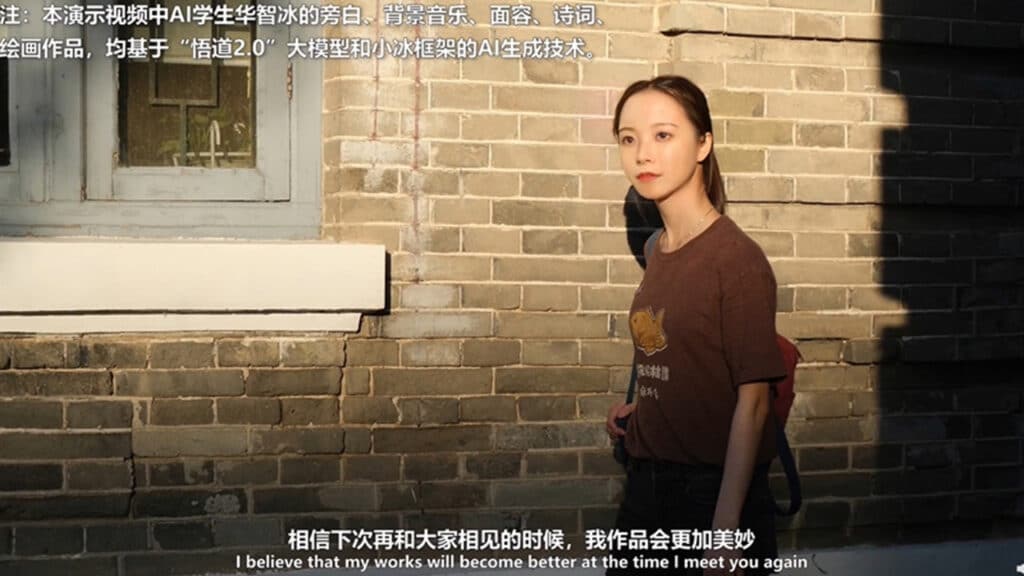
EDP employs augmented reality to improve customer experience
European energy company EDP has deployed a technology to enhance operational efficiencies, to better resolve customers’ issues, and to carry out remote site surveys prior to the installation of solar panels.
The technology to be deployed is Vodafone Visual Assistance. It will be provided to consumers and field technicians in multiple EDP subsidiaries and will be powered by Portugal’s TechSee.
The technology will enable consumers and technicians to receive augmented-reality based visual guidance through their smartphones using patented browser-based technology. This will decrease technical dispatches, enhance the customer experience, improved margins with increased sales, as well as reduced service costs.
The technology allows users to instantly stream their mobile device camera or screen via web connection, for real-time, interactive visual engagement between customer and technician. This will reduce repetitive customer inquiries such as meter readings, billing queries and troubleshooting, while reducing customer effort.
EDP is exploring the possibility of expanding Vodafone Visual Support to additional subsidiaries and other geolocations in the future. Jorge Simões, EDP’s Head of Digital Factory, said: “We are excited to launch this new and innovative service, providing visual assistance to our end users for more efficient operations and enhanced customer experience.

“Vodafone Portugal is committed to providing EDP with an innovative contact center technology to further enhance an optimal customer experience. With Vodafone Visual Support our agents will be able to provide a more complete and efficient service that will lead to greater customer satisfaction.” according to Mafalda Alves Dias, Vodafone Portugal’s Head of Large & Public Sector.

This work is licensed under a Creative Commons Attribution 4.0 International License.



